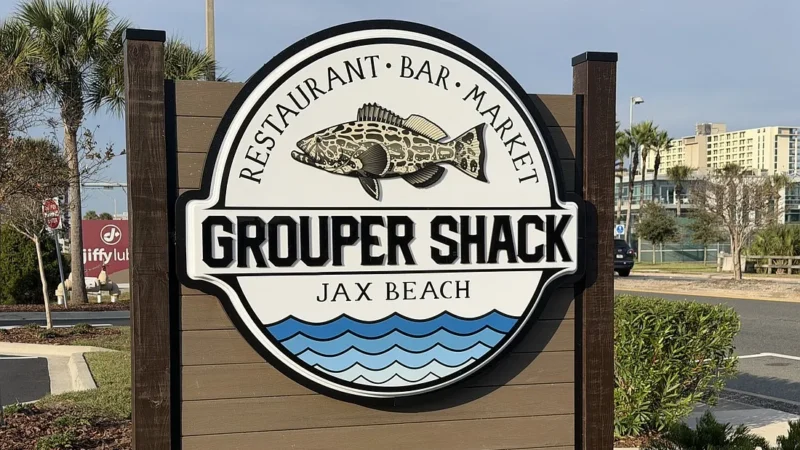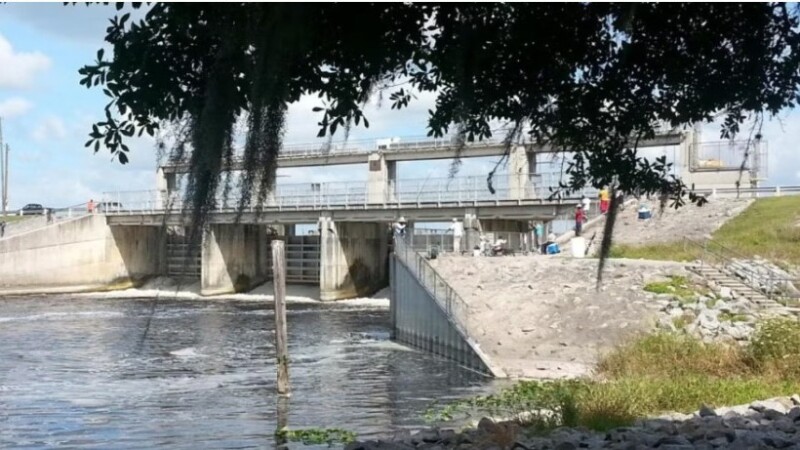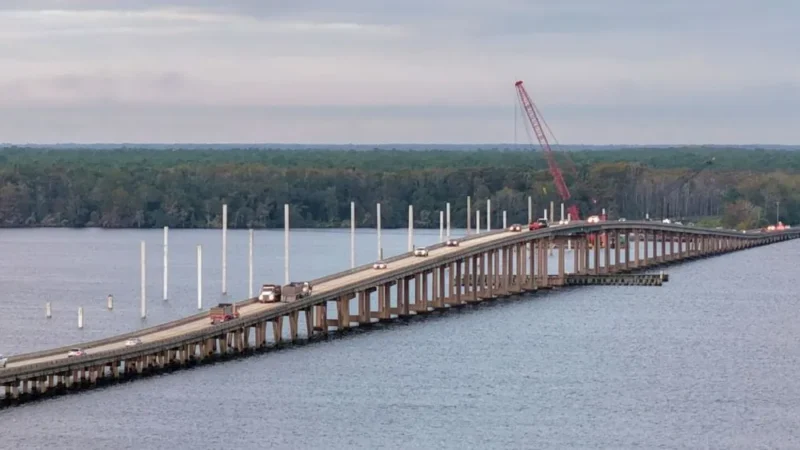
Located along the Ortega River and Cedar Creek, 7 miles southwest of Downtown, the neighborhood of Lakeshore has a history and built environment largely shaped by significant housing booms, bubbles and busts of early 20th century Jacksonville. Here are a few historical facts about the development of Lakeshore.

A Florida Land Boom community

The Florida Land Boom of the 1920s was a period of economic prosperity, marked by growth in cities such as Miami, Miami Beach, Hollywood, Opa-Locka and Coral Gables. Ultimately, this period of Florida land speculation crashed in 1926, leaving a number of developments throughout the state incomplete and in financial ruin.
While Jacksonville isn’t typically associated with the Florida Land Boom, neighborhoods like Lakeshore, San Marco, Lake Forest, San Jose and Venetia are examples of real estate developments built during this period of economic prosperity.
Developed by the Lakeshore Corp. and the Bayview Corp., much of the neighborhood was platted during the height of the Florida Land Boom. Influenced by Mediterranean design, a hallmark of many upscale Florida Land Boom developments, the neighborhood has Spanish Mission-style entryway gates and a monument and a distinctive boulevard with a central commons, designed as a linear median park. While development of Lakeshore came to a screeching halt when the state’s real estate bubble burst in 1926, many of the original homes still stand as reminders of this important period of Florida’s past.
Jacksonville’s Marina Mile

The neighborhood of Lakeshore holds the designation as the recreational boating center of Jacksonville and Northeast Florida. A stretch of Lake Shore Boulevard and Lakeside Drive in the vicinity of Roosevelt Boulevard has long been the home to several marinas, boat repair shops, yacht sales and similar marine-oriented businesses. On the north side of the Ortega River, this unique working waterfront environment is known as “Marina Mile.” Marina Mile is also the home of the Huckins Yacht Corp., established on the Historic Eastside in 1928 by Frank Pembroke Huckins. The company was commissioned by the U.S. Navy to built 18 patrol torpedo boats for service during World War II.
A “town center” before Town Center

Jacksonville’s older neighborhoods are home to a series of long-overlooked historic, walkable commercial districts. Lakeshore is one such neighborhood that had a pedestrian-friendly commercial node that has been negatively affected by road widenings during the second half of the 20th century. Seven miles outside of Downtown, the intersection of Blanding Boulevard and San Juan Avenue developed into a pedestrian-scale node prior to the 1950s explosion of strip plazas specifically designed to cater to the automobile traveler.
By 1948, a cluster of businesses, including Stewart’s Five-and-Dime and Lovett’s Food Store, formed Lakeshore’s “town center.” However, continued outward growth west and south of the neighborhood led to the district’s streets being widened to accommodate regional growth. This change led to a decline of this district and a set of neighborhood gateway entry arches being demolished due to the widening of Blanding Boulevard. Today, the Blanding-San Juan intersection could be described as pedestrian-hostile compared to its origin.
Roosevelt Square (Ortega Park) was built over a sawmill community

Now known as Ortega Park, Roosevelt Mall opened in 1961 as an open-air shopping center, which was then converted into an enclosed mall in 1968 with stores like Ivey’s, Furchgott’s, Levy-Wolf, Purcell’s and F.W. Woolworth. During the late 1990s, it was converted back into an open-air strip shopping center.
But prior to its days as a Westside retail epicenter, the site was a rural sawmill community. Dating back to 1912, the community was home to African American laborers of the nearby Gress Lumber Co. The community was described as having a company store, church and single and double shotgun homes for 12 to 15 families. Once a destination for lumber products floated along Cedar and McGirts creeks, the mill was destroyed by fire and closed permanently by 1955.
Fueled to life by World War II

Platted prior to the Great Depression, Lakeshore remained a sparsely developed, rural community on the outskirts of Jacksonville during the 1930s. The neighborhood’s fortunes changed with the opening of Naval Air Station Jacksonville. Commissioned on October 15, 1940, the military base was the first part of the Jacksonville Navy Complex. During World War II, more than 10,000 pilots and 11,000 airmen earned their “wings of gold” at the air station. Straddling Riverdale Road, Lakeshore’s Riverdale Gardens subdivision was platted in 1941 in response to a housing shortage for Naval officers. Once a failed 1920s Land Boom development, the neighborhood was largely developed by the end of the 1960s.







